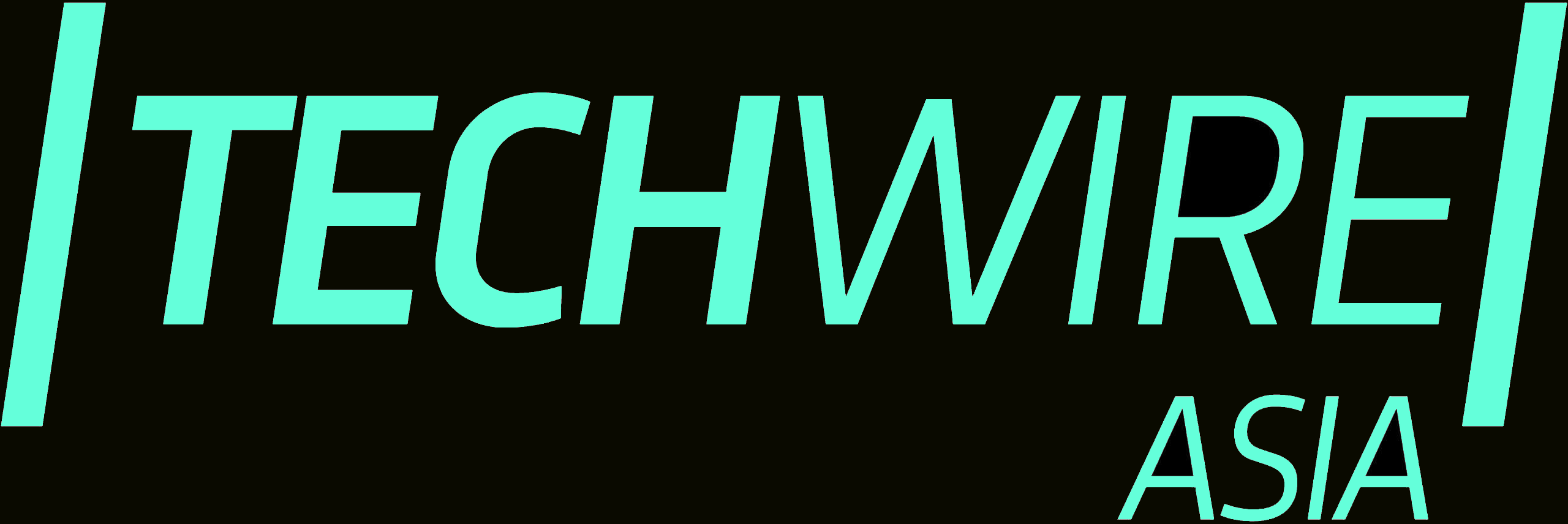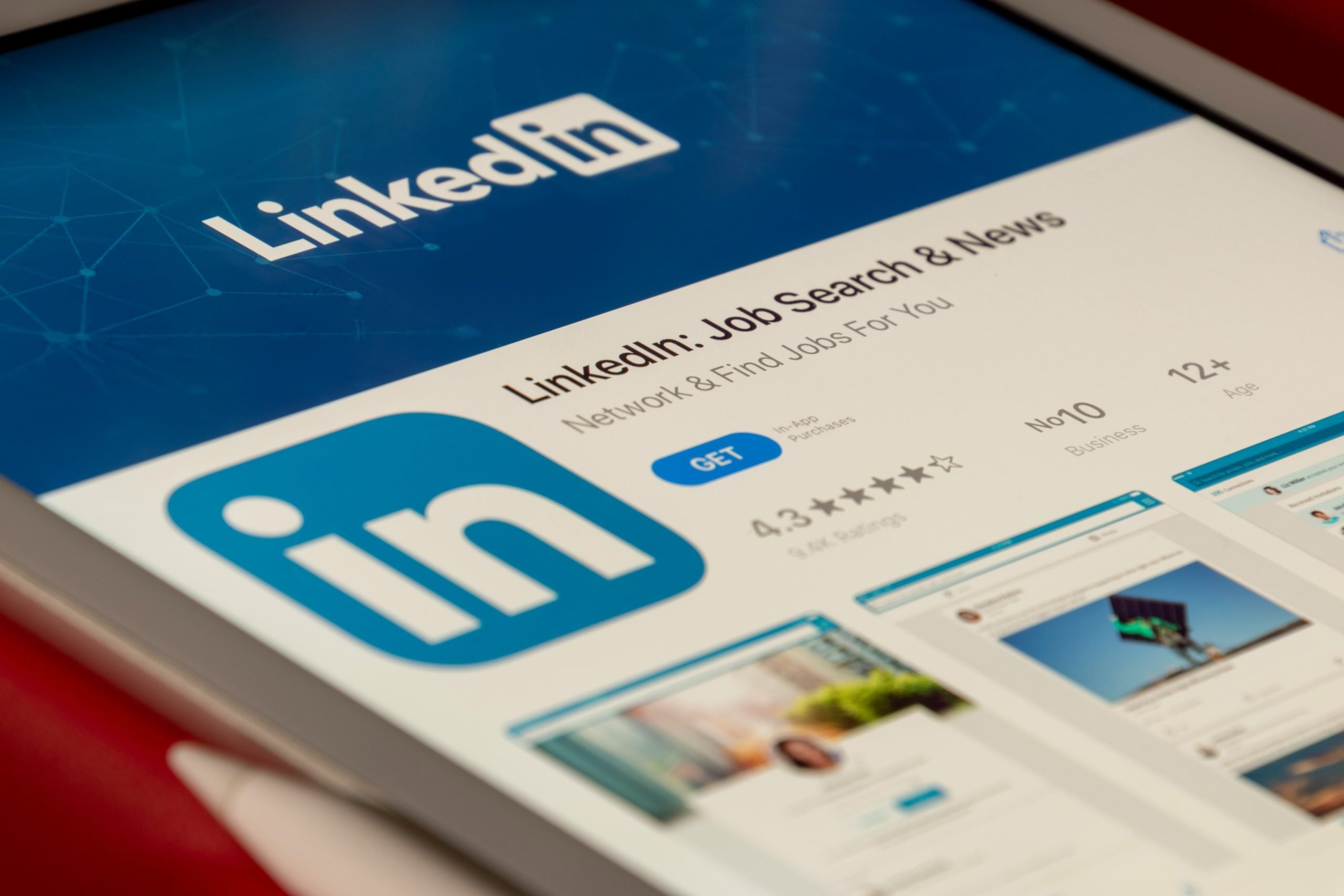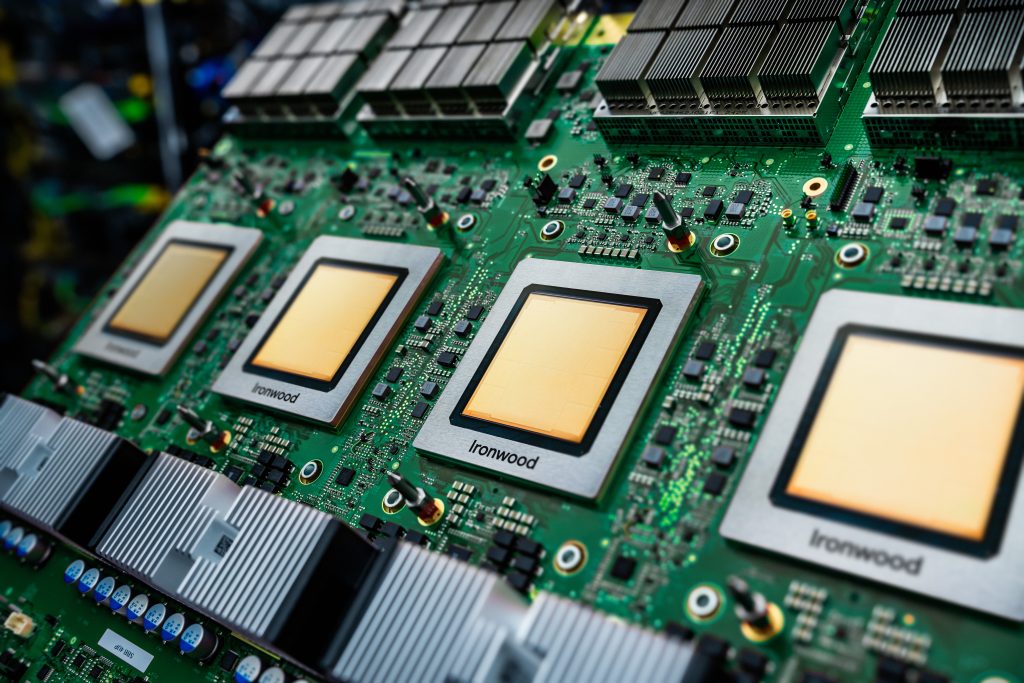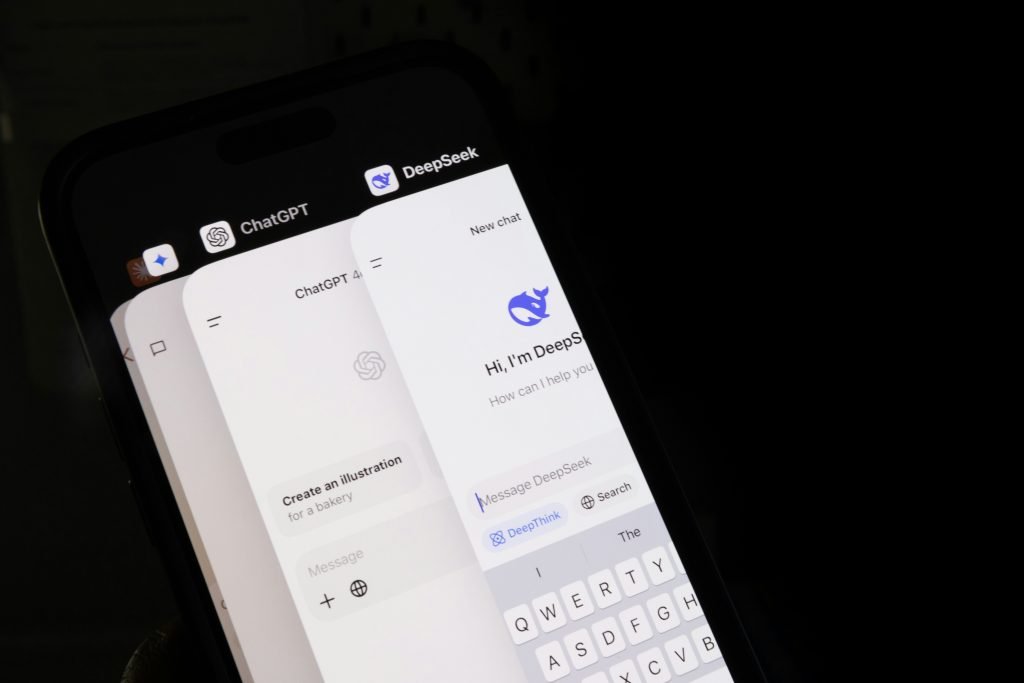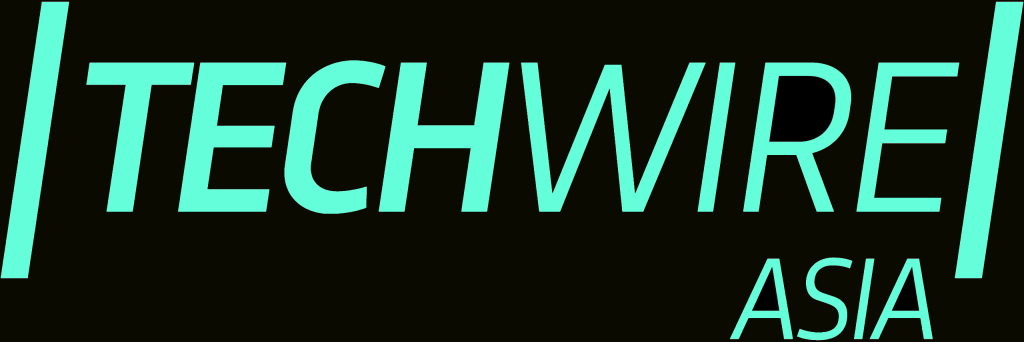- LinkedIn: AI is reshaping recruitment.
- LinkedIn’s Hiring Assistant aims to improve hiring efficiency.
AI has the ability to transform the way companies hire, develop talent, and engage with candidates. Tech Wire Asia spoke with Hari Srinivasan, Vice President of Product at LinkedIn, about how AI is transforming recruitment and professional development.
AI’s role in enhancing recruitment efficiency
Recruiters typically spend more time on administrative work than connecting with candidates. According to Srinivasan, nearly half (47%) of recruiters in Asia-Pacific spend one to three hours a day analysing applications, a time-consuming task that AI could streamline.

LinkedIn’s new Hiring Assistant is designed to handle repetitive tasks, letting recruiters focus on more strategic work like advising hiring managers and improving candidate engagement. “Every recruiter I talk to always tells me there’s this ‘magic moment’ that comes together when they get the perfect person to the perfect job. But most of the day isn’t spent doing that. It’s spent following up with hiring managers, filling out paperwork, or reviewing job descriptions,” Srinivasan said.
Hiring Assistant, currently in beta testing with select customers – including some in Singapore – automates key recruitment tasks. It allows recruiters to concentrate on high-value activities like creating relationships with candidates and providing improved hiring experiences.
Overcoming challenges in AI-driven upskilling
AI plays a growing role in professional development, but companies face challenges to implement effective upskilling programs. According to Srinivasan, 63.7% of APAC HR professionals struggle to find tailored learning resources, 50.8% of HR professionals are uncertain about which skills will be most valuable in the future, while 55% report a lack of mentorship and career coaching.
“Employees are eager to learn,” Srinivasan said. “Global learning content consumption on LinkedIn has grown by 13% year-over-year, with countries like India (37%) and Indonesia (59%) leading the way in skill development.” Companies are starting to respond by making AI training more accessible and relevant. LG Electronics, for example, uses LinkedIn Learning to provide tailored and flexible training programs, with 67% of its employees taking part in training each month.
Preparing for an AI-driven job market
AI adoption is creating new demands on the workforce, notably in soft skills. While technical skills remain important, HR professionals in APAC report that the hardest-to-find skills include technical fluency (36%), leadership (35%), and communication and problem-solving (34.5%).
“As AI adoption accelerates, professionals have a significant opportunity to invest in their growth – not just in AI skills, but also in human capabilities,” Srinivasan said. He highlighted LinkedIn Learning’s AI-powered coaching tool as one method firms use to help employees build these skills. It allows users to practise real-world scenarios like delivering performance reviews and giving feedback.
HR teams are responding by balancing AI training with soft skills development. In APAC, 78.3% of HR leaders are prioritising AI upskilling while also investing in important collaboration and communication skills.
How candidates can stand out to recruiters
With hiring expected to become more selective in 2025, job seekers will need to demonstrate their value beyond meeting basic qualifications. According to Srinivasan, candidates should keep their LinkedIn profiles updated with relevant skills and certifications to reflect their continuous learning. “Pro tip: people who list five or more skills on their profile receive up to 5.6x more profile views from recruiters,” Srinivasan said
He advises job seekers to highlight their core skills and achievements to stand out. Building a strong professional network and engaging with industry content can also improve visibility and increase the chances of being noticed by recruiters.
Ensuring fairness and reducing bias in AI-powered hiring
AI-driven recruitment tools offer efficiency, but fairness and transparency remain important challenges. Srinivasan said LinkedIn’s Hiring Assistant evaluates explicit and implicit capabilities listed on a candidate’s profile, helping guide hiring decisions so they’re based on verifiable qualifications rather than traditional markers like educational background or firm affiliations.
“With AI paired with our platform insights, we can help recruiters find professionals based on their skills rather than where they worked or went to school,” he said.
LinkedIn reviews its algorithms continuously to detect and eliminate unintended biases in hiring processes. This includes identifying factors that may accidentally exclude certain candidates and adjusting models to ensure a more inclusive and balanced evaluation process. “If harmful biases are identified, we take immediate steps to address them, ensuring that the recruitment process remains inclusive, fair, and aligned with human values,” Srinivasan said.
Expanding AI’s reach across Microsoft’s ecosystem
LinkedIn’s AI initiatives reflect broader changes in the Microsoft (LinkedIn’s owner) ecosystem. The MAI models Microsoft has been developing could improve LinkedIn’s recruitment and upskilling tools, in addition to its other software, such as Teams and Azure. AI models could offer real-time transcription, language translation, and meeting summaries in Teams, while for Azure, AI-driven automation could help enterprise clients.
For LinkedIn, AI-based job matching and recruitment insights are strengthening professional networking and users’ career development. Srinivasan understands that while AI can handle repetitive tasks and provide insight, the human element remains essential to make hiring decisions and build meaningful connections between the network’s users.
